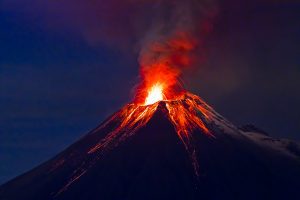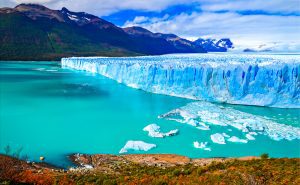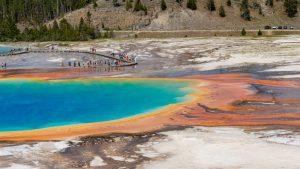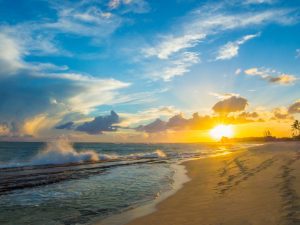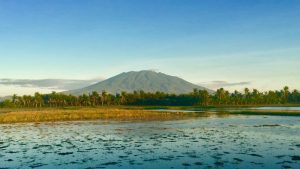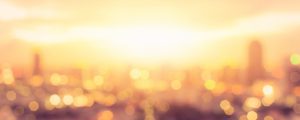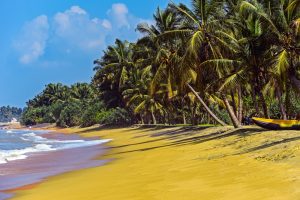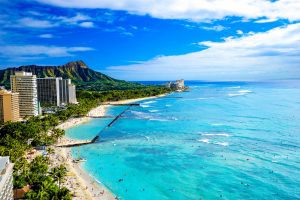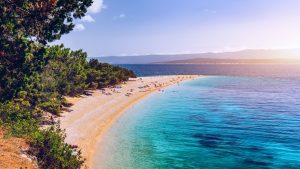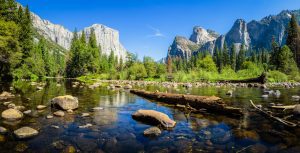Kilauea is a young, stage 4 basaltic shield volcano, the youngest volcano in the Hawaiian islands. It’s located on the southernmost and largest of the island chain, the Big Island, about 45 miles from the city of Hilo.
Unlike many other volcanoes – which sit dormant for many years at a time – Kilauea is almost constantly erupting from vents at its caldera or from smaller surrounding rift zones.
If you’re planning a trip to Hawai’i, make sure you don’t miss the chance to see this wonder up close! Kilauea has been erupting continuously since 1983 and sees over two million visitors each year at its home in the Hawai’i Volcanoes National Park.
Keep scrolling for some commonly asked questions and more amazing facts about this famous volcano.
Table of Contents
1. Kilauea was formed from plate tectonics
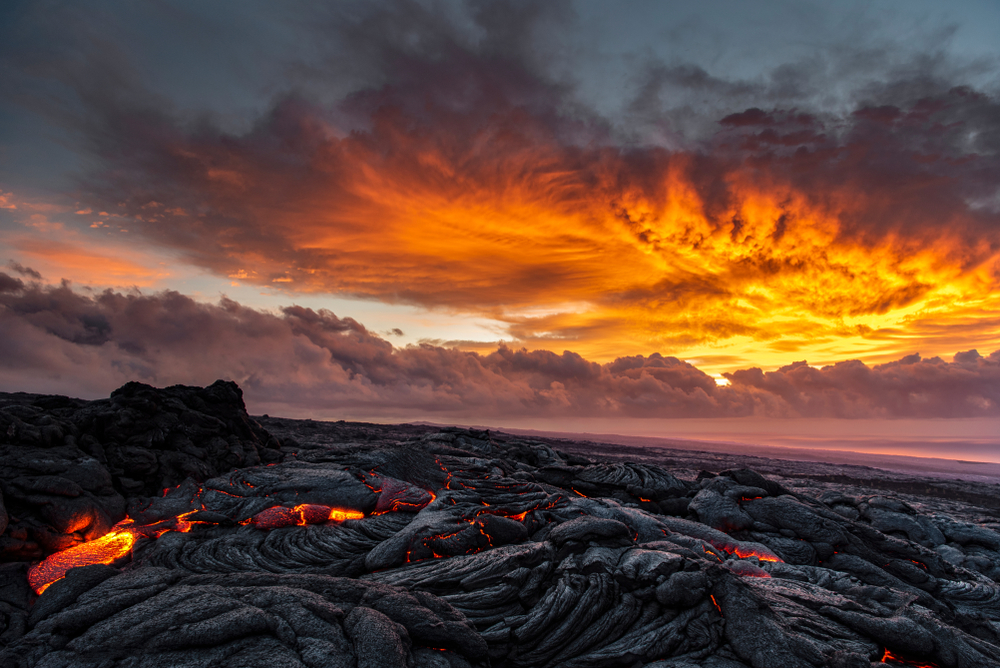
Like all the volcanoes in the Hawaiian islands, Kilauea formed as a result of the Pacific tectonic plate moving over the Hawaiian hotspot in the Earth’s mantle. These island volcanoes are the most recent evidence of a 70-million-year-long process that created the 3,700-mile-long Hawaiian-Emperor seamount chain.
2. It’s known for its activity
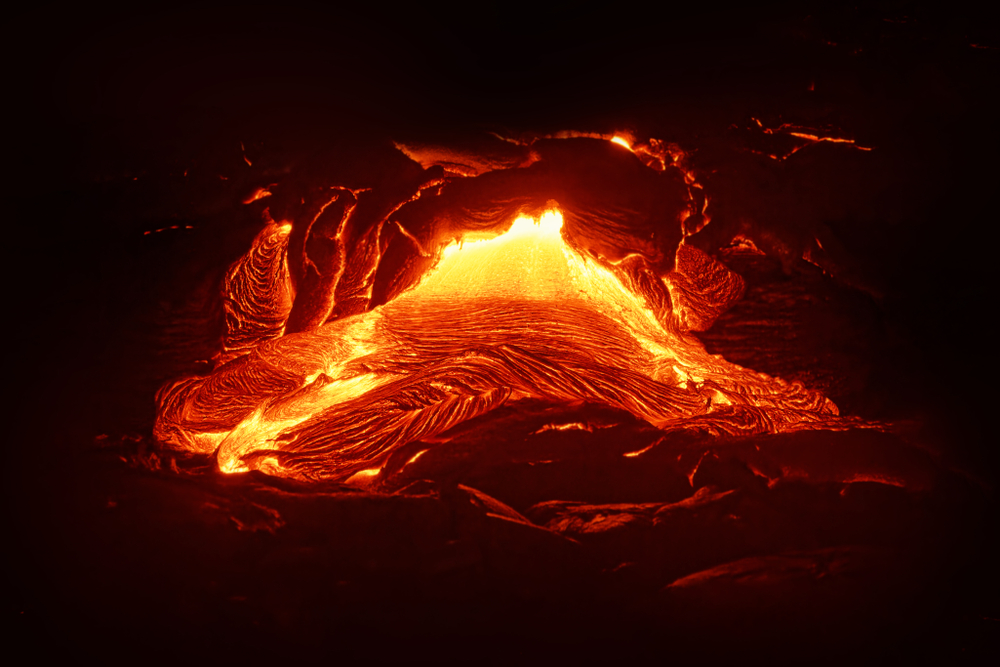
Kilauea is widely known as the most active volcano on the Big Island and as one of the most active volcanoes in the world. Because of its frequent activity, it is one of the most famous volcanoes in the world.
While it’s difficult to measure “more active,” geologists don’t seem to have too much issue with putting Kilauea at the top of the list. Other competitors for the top spot are Sakurajima in Japan and Mount Etna in Sicily.
3. Kilauea was named for its lava flows
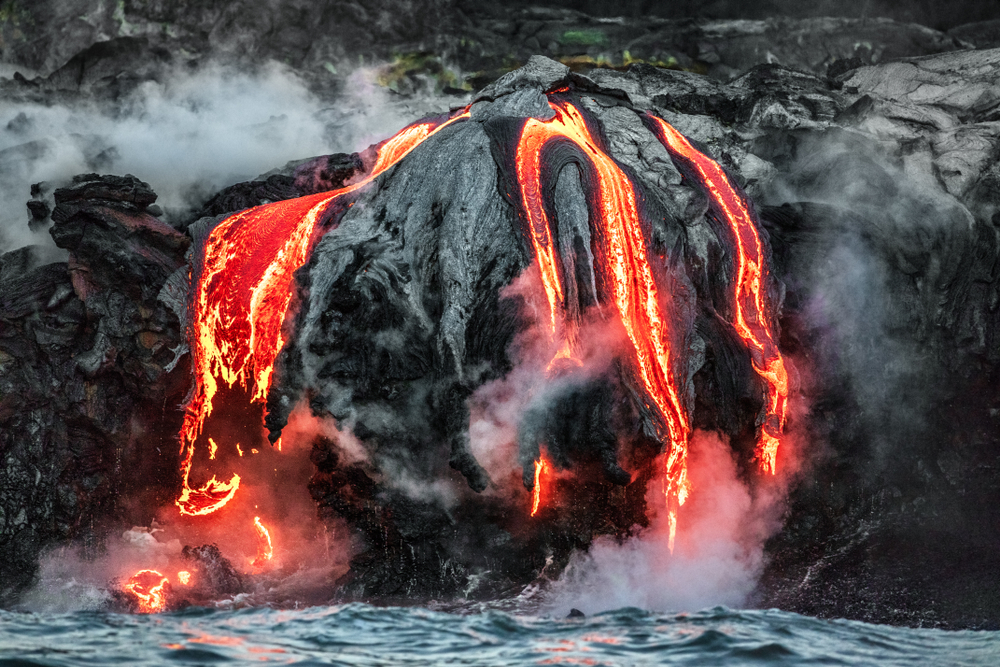
The word “kilauea” actually means “much spreading” or “spewing” in the Hawaiian language, referring to the volcano’s frequent lava outpourings. The name really tells you all you need to know!
4. Kilauea is over 200,000 years old
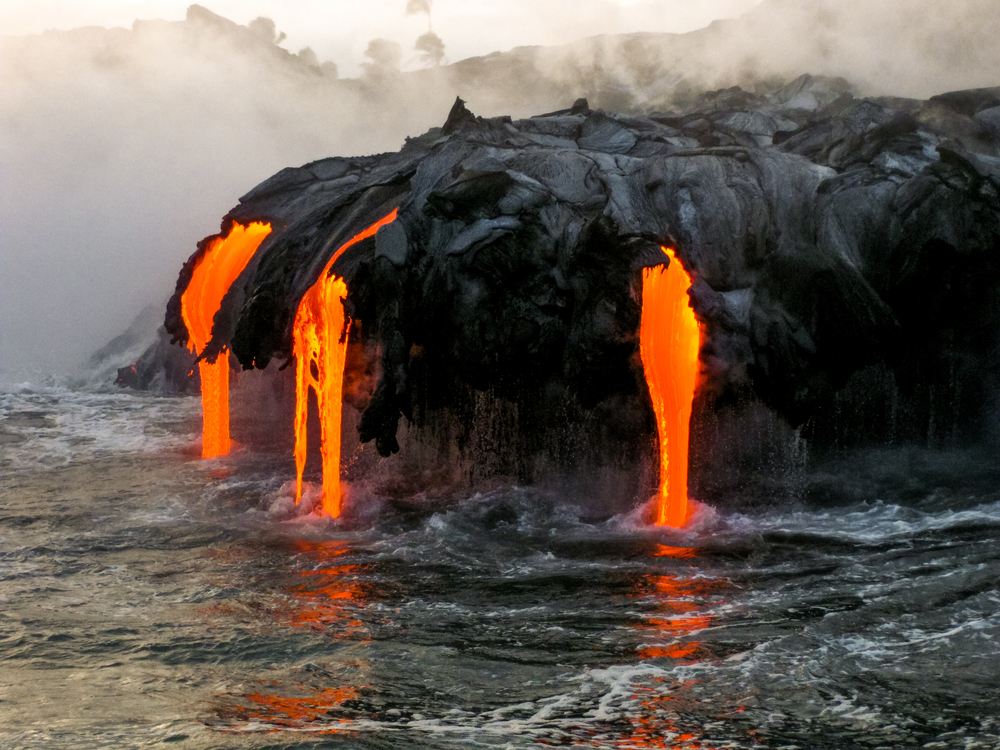
Although Kilauea is the youngest of the volcanoes in the island chain, it’s not exactly a kid! The volcano is estimated to be between 210,000 and 280,000 years old. It emerged above sea level roughly 100,000 years ago.
5. You can visit Kilauea
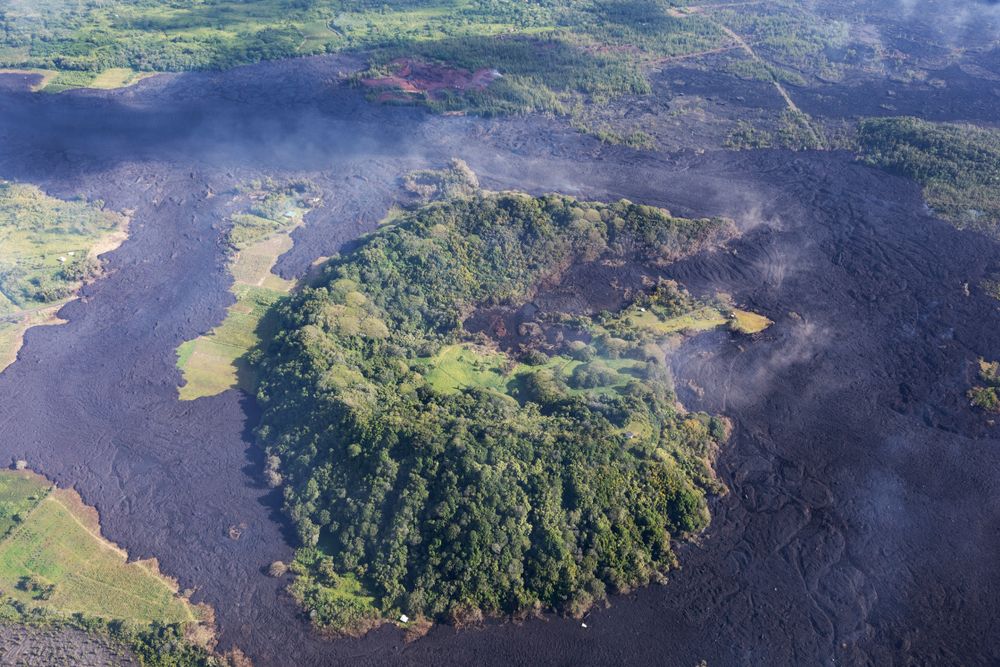
While it is safe to travel to Hawai’i even with all its volcanic activity, you’ll want to use some extra caution if you plan to visit Kilauea. The volcano’s home, Hawai’i Volcanoes National Park, is open every day of the year and tours can be taken to the volcano when it is in a dormant state.
The volcano receives over two million visitors each year, so if you’re planning a trip to Hawai’i and want to get a look at this natural wonder, be prepared to navigate the crowds.
6. Why is Kilauea so active?
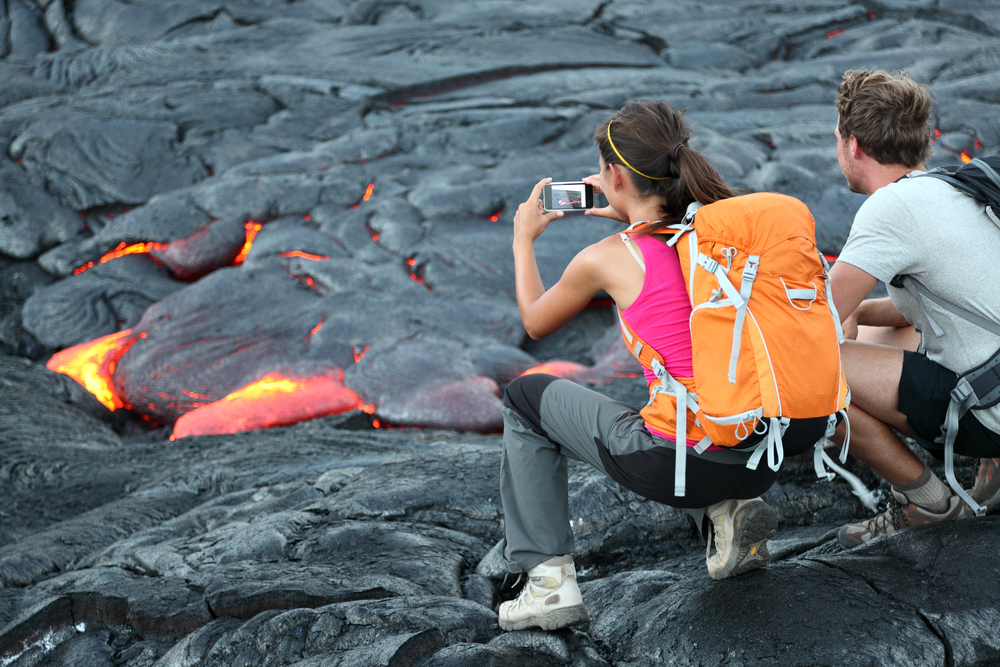
Activity at the volcano is caused by an upwelling of hot mantle, which gives off enough heat to create magma underneath the volcano. This magma then has the opportunity to erupt through a number of different vents around the caldera.
Its activity level is also helped along by the fact that the region is a volcanic hotspot, seeing much more activity on average than the surrounding areas.
7. How tall is the Kilauea volcano?
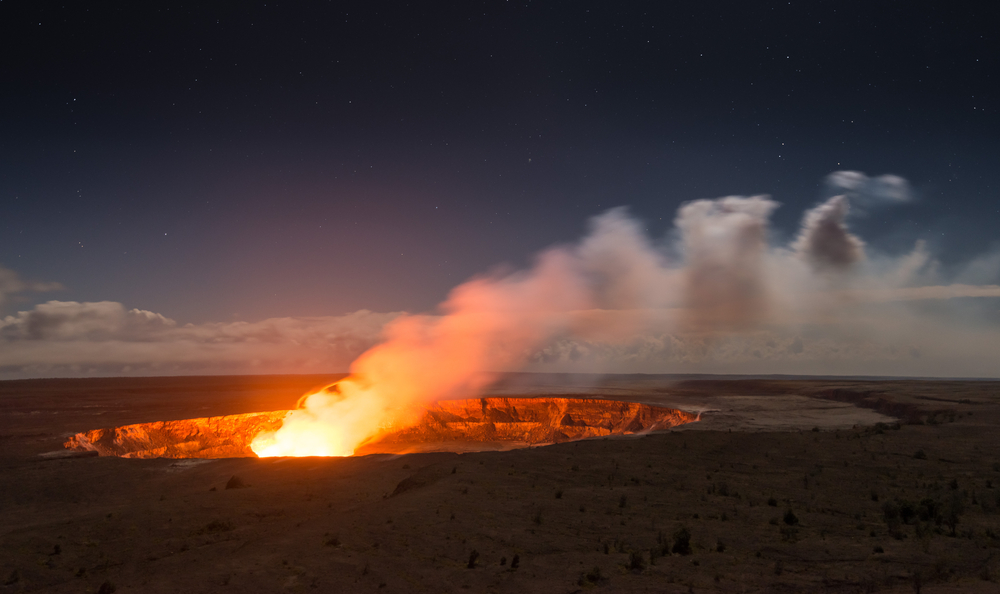
Kilauea’s elevation is measured at 4,091 feet above sea level. Unlike stereotypical volcanoes, which have a mountain-like structure with a defined top, Kilauea is more spread out. It has a main caldera as well as around two dozen smaller craters in the surrounding rift zones, which frequently erupt as well.
For comparison, the tallest volcano in the Hawaiian islands is Mauna Kea, which stands at 13,803 feet above sea level.
8. What is Kilauea made of?
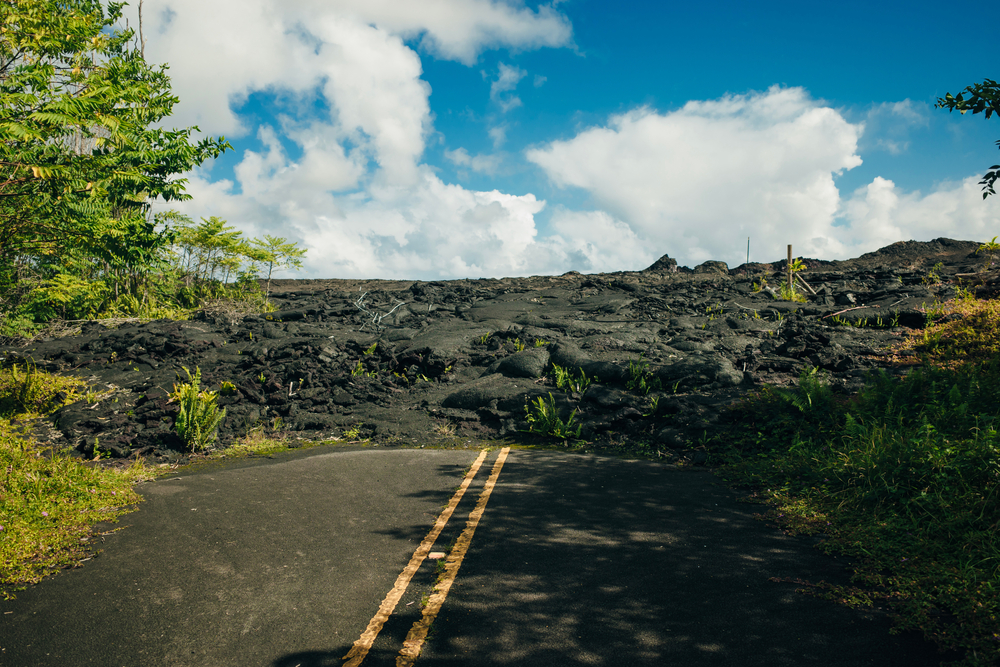
Kilauea is a basaltic shield volcano. It erupts a type of basalt called tholeiite, which is the dominant basalt type of basalt erupted on Earth. This makes Kilauea a fairly common volcano in that regard.
9. What stage is Kilauea?
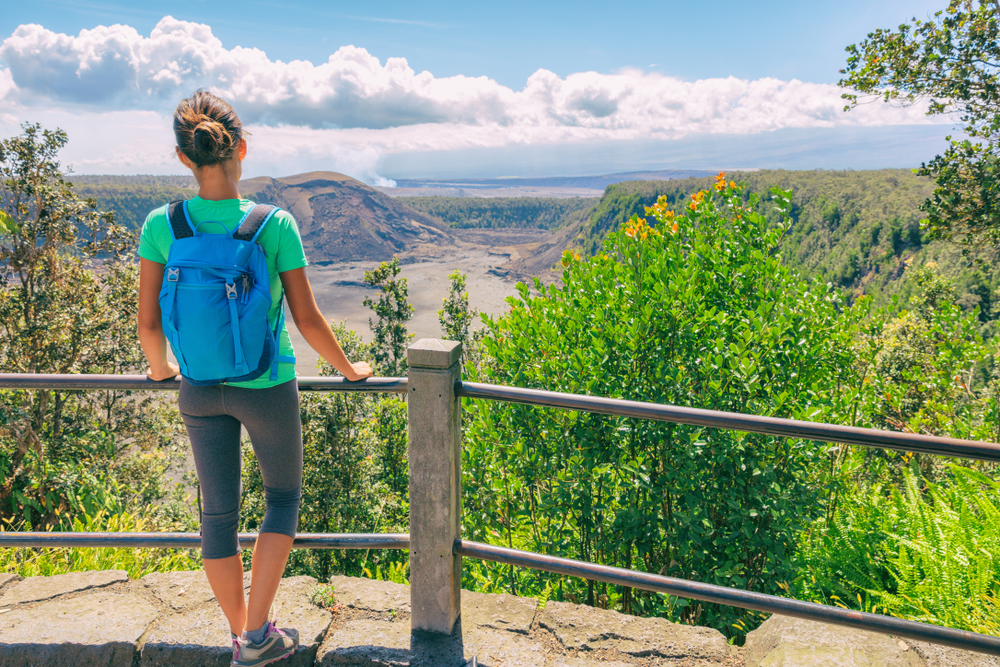
Kilauea is a young stage 4 volcano.
10. Is Kilauea effusive or explosive?
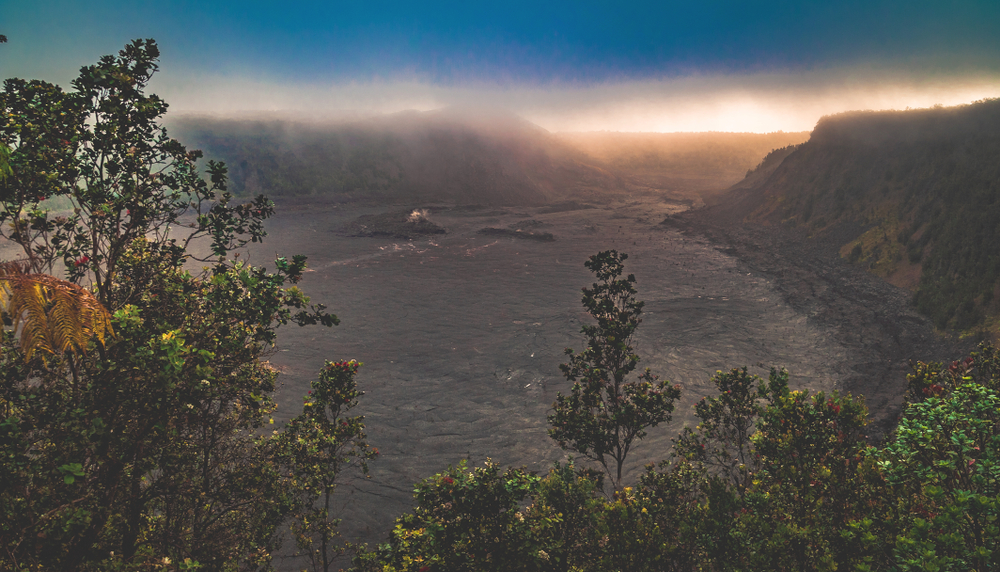
Both. Kilauea erupts in both explosive and effusive phases and is generally considered to be in the shield-building phase of Hawaiian volcanism.
11. When did Kilauea last erupt?

The last eruption of Kilauea began on December 20th, 2020 and ended on May 23rd of 2021. The volcano is now considered dormant since there is no longer any active lava on the surface.
12. Kilauea is located in a national park
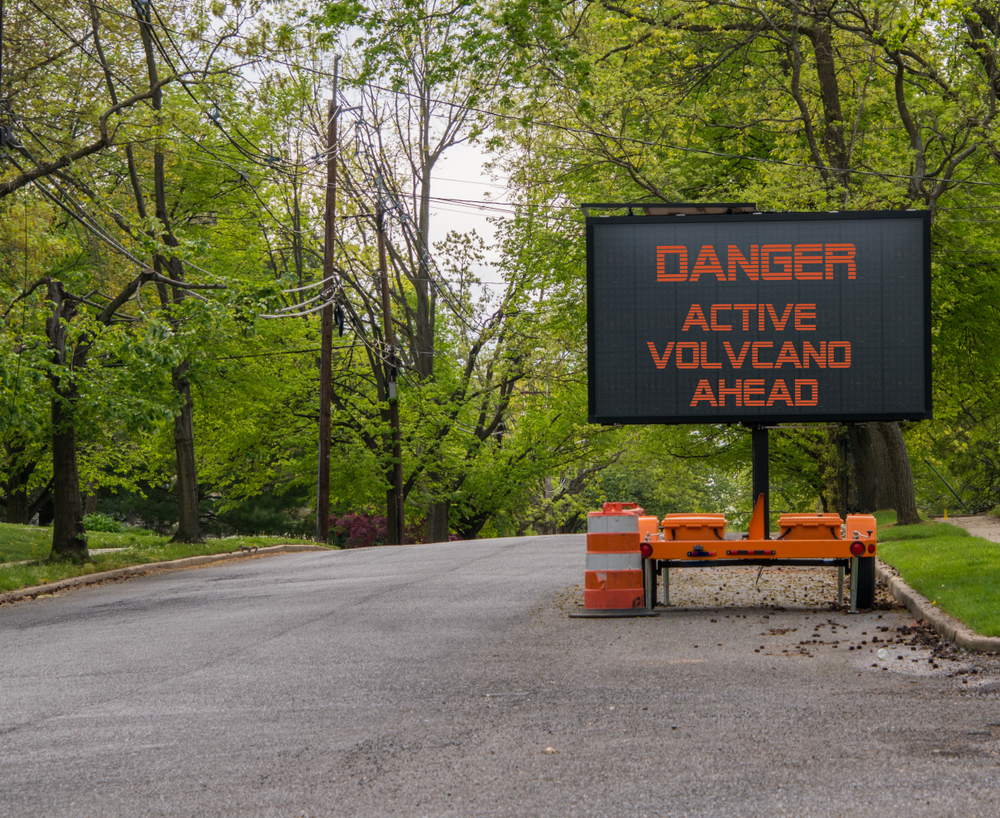
Kilauea is about 45 miles southwest of Hilo, in Hawai’i Volcanoes National Park. The park was actually one of the very first established in the United States.
13. How does Kilauea affect the environment?
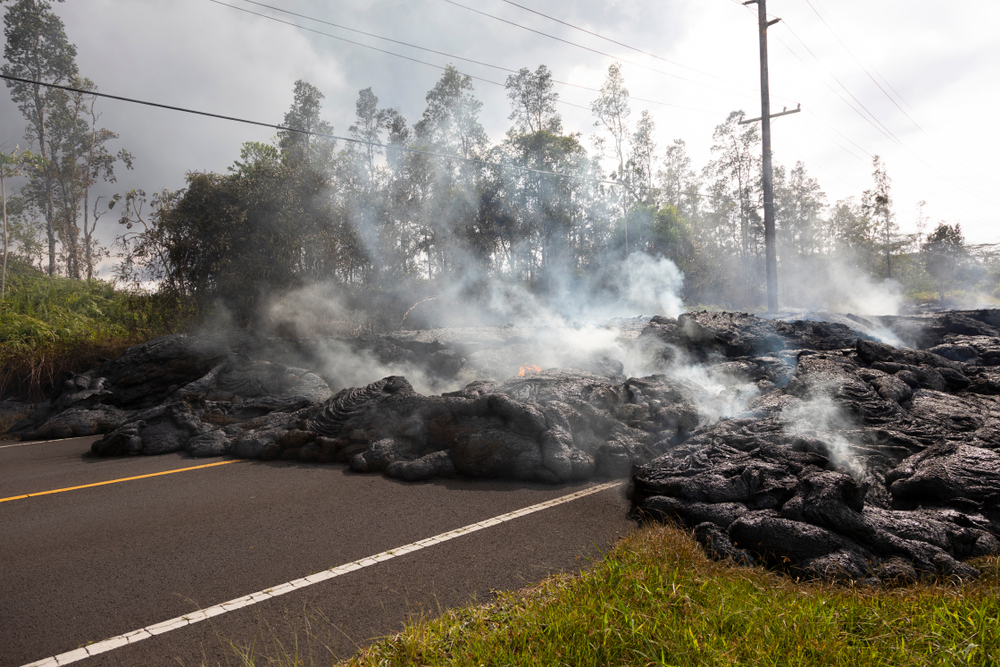
Kilauea’s near-constant eruptions result in a lot of sulfur dioxide gas being poured into the atmosphere. The result of this is volcanic air pollution downwind of Kilauea. This sulfur dioxide is hard on the environment around the volcano and can not only cause health issues for people, but can eventually lead to the death of livestock.
14. Kilauea is home to a goddess
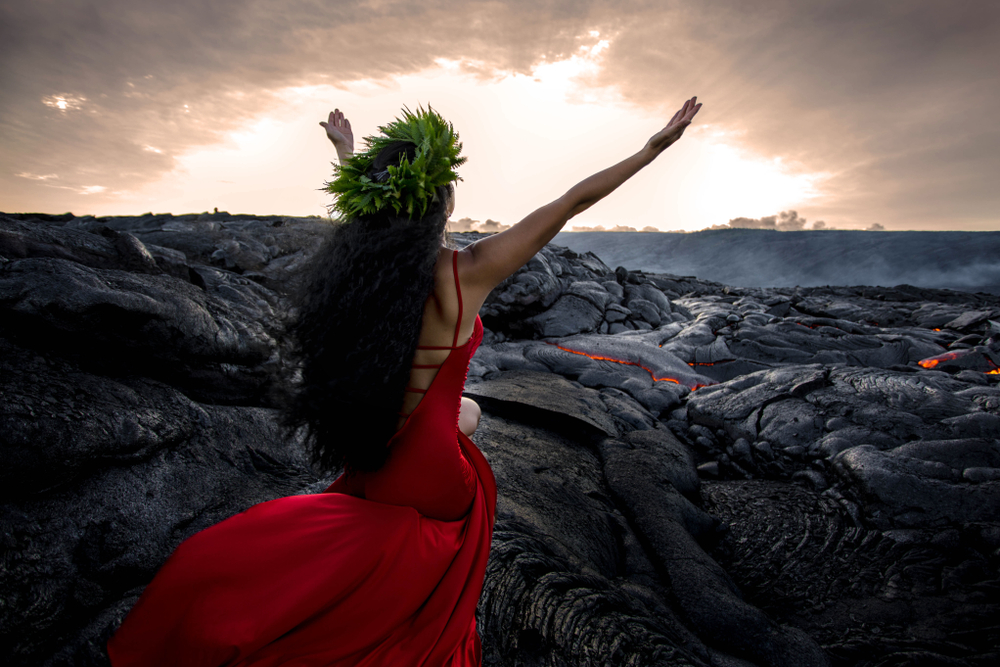
In Hawaiian mythology, Kilauea is said to be the home of a family of fire gods. One of the sisters, Pele, is the Hawaiian goddess of fire and volcanoes. She is said to mind Kilauea and be responsible for controlling the volcano’s lava flows. There are many traditional legends that involve Pele and Kilauea.




